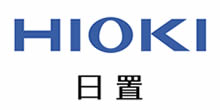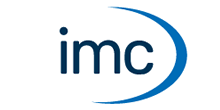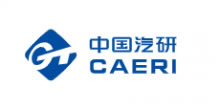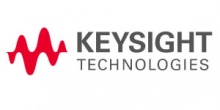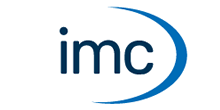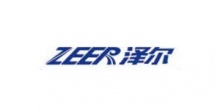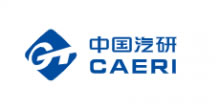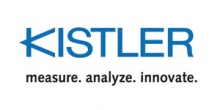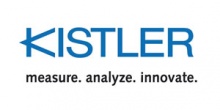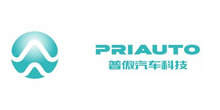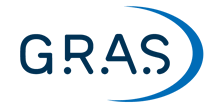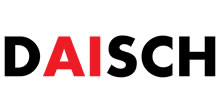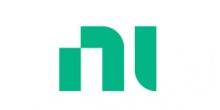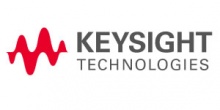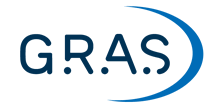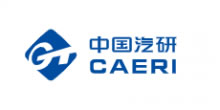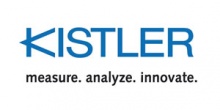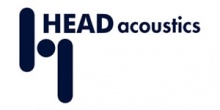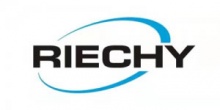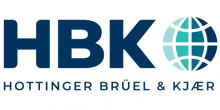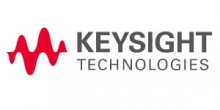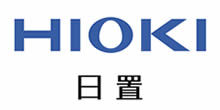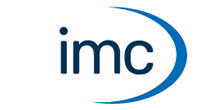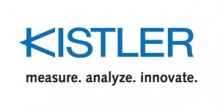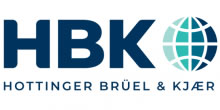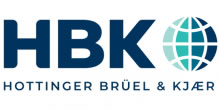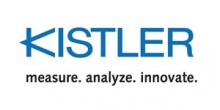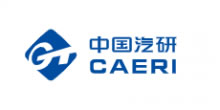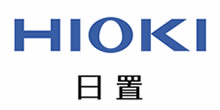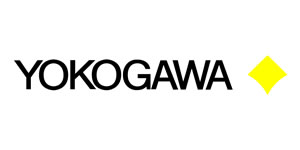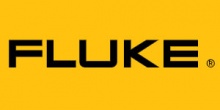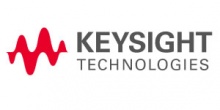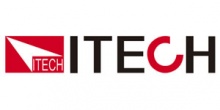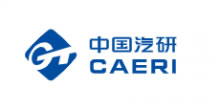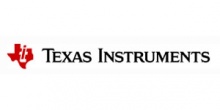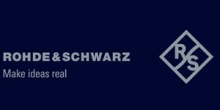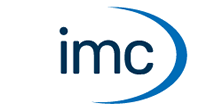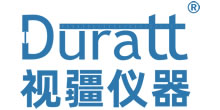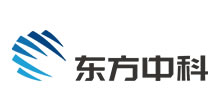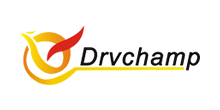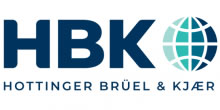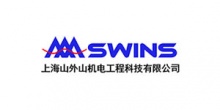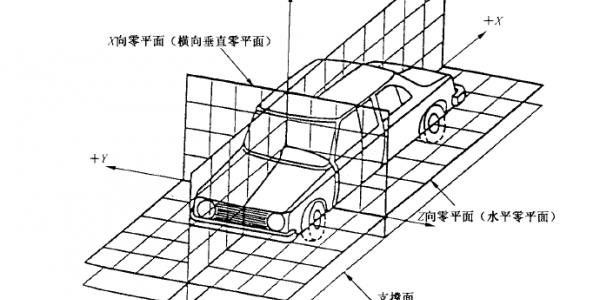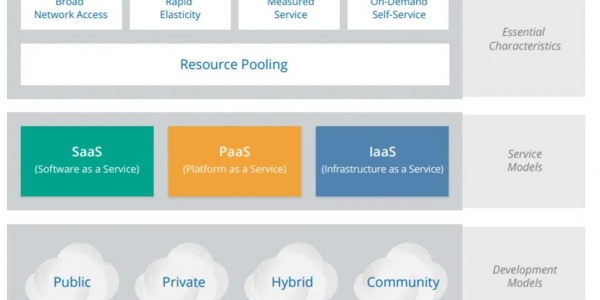机动车间接视野装置全球认证方案简析
各国的间接视野装置强制认证,有不同的间接视野装置强制认证法规/标准,总的来说,传统后视镜主要测试项目有一般性能要求,尺寸要求,曲率半径和反射系数,撞击测试和弯曲测试等,CMS主要测试项目有一般性能要求,电磁兼容性(Electromagnetic compatibility(EMC)),图像质量要求,时间特性等。
间接视野装置全球认证方案
ATIC从各国法规/标准要求,监管部门,认证流程,测试项目等梳理出间接视野装置全球认证矩阵如下:

各国认证简析如下:
中国:CCC认证,根据认监委实施规则CNCA-C11-08《机动车辆间接视野装置》,需要对机动车辆间接视野装置进行强制性认证。另外,根据市场监管总局2019年第44号公告,该产品强制认证型式变更为强制性认证自我声明程序B。
欧盟:E-mark认证,联合国欧洲经济委员会制定UNECE R46、R81,对机动车、摩托车/踏板车的间接视野装置进行强制认证。欧盟机动车传统后视镜的测试项目主要有曲率半径,反射系数,撞击测试,弯曲测试等,另外对于最新版的R46, 对摄像监控系统 (CMS)的测试项目作出了具体要求,比如说电磁兼容性,图像质量,时间特性等。
北美:DOT认证,机动车间接视野装置作为零部件虽然不在美国DOT强制认证范围内,但建议制造商进行DOT注册,避免海关风险。
北美:AMECA认证,是美国的自愿性认证,AMECA认证旨在为制造商提供更具竞争力的汽车零部件质量认可证明,提升品牌价值,增强消费者信心,一般会将AMECA认证和DOT认证一起进行。
越南:VR认证,由越南交通部主管,根据法规QCVN 33-2019 / BGTVT和QCVN 28-2010 / BGTVT,对机动车、摩托车和轻便摩托车的后视镜进行强制VR认证。
印度:CMVR认证,由印度道路运输及交通部主管,样品一般需送到印度当地指定机构测试,根据法规AIS-001(Part 1) 和AIS-001(Part 2) 对有驾驶室的M/N/L类车辆上的后视镜和无驾驶室的L类车辆上的后视镜进行CMVR认证。
阿根廷:CHAS认证,阿根廷CHAS认证(Certificate of Approval of Auto Parts and / or Security Elements )是针对售后市场汽车零部件的认证,根据法规MERCOSUR Regulation: 32/94,机动车后视镜需要进行CHAS认证。
澳洲:ADR认证,ADR即澳大利亚《机动车设计规则》是1989年澳大利亚机动车标准法案(MVSA)指定的澳大利亚机动车及挂车的国家标准,ADR认证由澳大利亚车辆安全标准局VSS负责,根据法规ADR 14,对机动车后视镜进行测试认证。
阿联酋:ESMA认证,阿联酋标准化与计量局ESMA是阿联酋政府授权的国家标准化机构,只有获得ESMA签发的符合性证书的汽车零部件产品才允许进入阿联酋市场。根据阿联酋法规UAE.S GSO 422和UAE.S GSO 421,对机动车后视镜进行ESMA认证。
沙特阿拉伯:SABER认证,SABER认证的监管机构是沙特阿拉伯标准、计量和质量组织(SASO),所有出口到沙特的产品,发货前都需要通过SABER系统提交申请并取得批次符合性证书SCoC。根据沙特法规SASO 771,对机动车后视镜后备件需进行SABER认证。
欧亚经济联盟:EAC认证,是欧亚经济联盟制定实施的产品认证制度。欧亚经济联盟又称欧亚经济委员会,其前身是由俄罗斯,白俄罗斯和哈萨克斯坦组成的海关联盟,随后吉尔吉斯斯坦和亚美尼亚加入该联盟,于2015年成立欧亚经济联盟。机动车间接视野装置需要根据TP TC 018/2011进行强制性EAC认证。
ATIC法规研究部
ATIC法规研究部致力于全球汽车法规框架研读及准入制度研究。基于数字化平台,ATIC法规研究部提供一系列技术合规服务,可提供超过50个国家的汽车合规解决方案,服务模块包括:汽车准入咨询、多国家地区产品准入解决方案、技术校核、法规解读与法规跟踪、法规培训与答疑等服务。已经成为国内多家知名主机厂及系统研发机构的独家合规服务供应商,成功助力多个自主品牌进入欧洲、韩国、越南、印度、印尼、泰国、巴西等市场。
全球认证方案报告
ATIC泰测基于丰富的行业经验,推出了汽车间接视野装置全球认证方案,对主流国家/地区后视镜的认证要求进行梳理,对不同国家的不同认证要求进行了总结,以下为汇总报告:

THE GLOBAL CERTIFICATION OF MOTOR VEHICLE DEVICES FOR INDIRECT VISION
Abstract: Devices for indirect vision is a device used by the driver to observe the traffic area near the vehicle (for example, the rear, side or front of the vehicle) that cannot be observed in the direct field of vision. These can be conventional rearview mirrors, camera-monitors or other devices able to present information about the indirect field of vision to the driver. The performance of devices for indirect vision is very important to vehicle safety. To ensure vehicle safety and road traffic safety, most countries in the world have mandatory certification requirements for devices for indirect vision in the aftermarket.
There are different regulations and standards for mandatory certification of motor vehicle devices for indirect vision in various countries. In general,the main test items of traditional rearview mirrors include general specifications, dimensions, reflecting surface and coefficients of reflection, impact test, and bending test, etc. The main test items of CMS include general requirements, electromagnetic compatibility (EMC), and image quality requirements, time behaviour , etc.
GLOBAL CERTIFICATION
ATIC combs out the global certification matrix of the Motor vehicle devices for indirect vision, from national regulations/standard requirements, regulatory authorities, certification processes, test items, etc.

A brief analysis of national certification is as follows:
China: CCC certification, according to the CNCA (China National Administration of Certification and Accreditation) implementation rules CNCA-C11-08 "indirect vision devices for motor vehicles", the need for mandatory certification of indirect vision devices for motor vehicles. In addition, according to the General Administration of Market Regulation Notice No. 44 of 2019, the product compulsory certification type change to compulsory certification self-declaration procedure B.
European Union: E-mark certification, The United Nations Economic Commission for Europe (UNECE) stipulated UN regulation R46 and R81 to conduct mandatory certification for devices for indirect vision which are intended for fitting to motor vehicles, motorcycles/scooters. In addition, the latest version of R46, which has specific requirements for camera monitoring systems (CMS), such as electromagnetic compatibility, image quality, time characteristics, etc., is also available.
North America: DOT certification, although motor vehicle indirect vision device as a component is not within the scope of the United States DOT compulsory certification, it is recommended that manufacturers register with DOT to avoid customs risks.
North America: AMECA certification, is a voluntary certification in the United States, AMECA certification is designed to provide manufacturers with more competitive automotive parts quality approval proof, enhance brand value, enhance consumer confidence, will generally be AMECA certification and DOT certification together.
Vietnam: VR certification, supervised by the Ministry of Transport of Vietnam, according to the regulations QCVN 33-2019/BGTVT and QCVN 28-2010/BGTVT, mandatory certification of rearview mirrors of motor vehicles, motorcycles and mopeds.
India: CMVR certification, supervised by the Ministry of Road Transport and Transportation in India, samples generally need to be sent to local designated institutions in India for testing. According to regulations AIS-001 (Part 1) and AIS-001 (Part 2) for M/N with cab /L category vehicles and rearview mirrors on L category vehicles without a cab are tested and certified.
Argentina: CHAS certification, Argentina CHAS certification (Certificate of Approval of Auto Parts and / or Security Elements) is a certification for automotive parts in the aftermarket. According to the regulation MERCOSUR Regulation: 32 /94 for testing and certification of motor vehicle mirrors.
Australia: ADR certification, ADR, the Australian "Motor Vehicle Design Rules" is the national standard for Australian motor vehicles specified by the Australian Motor Vehicle Standards Act (MVSA) 1989. ADR certification is responsible for the Australian Vehicle Safety Standards Agency VSS, tests and certifies rear view mirrors in accordance with ADR 14 regulations.
UAE: ESMA certification, the UAE Standardization and Metrology Agency ESMA is a national standardization agency authorized by the UAE government. only auto parts products that have obtained a conformity certificate issued by ESMA are allowed to enter the UAE market. Testing and certification of the motor vehicle rear view mirrors in accordance with UAE regulations UAE.S GSO 422 and UAE.S GSO 421.
Saudi Arabia: SABER certification. The regulatory agency for SABER certification is the Saudi Arabian Standards, Metrology and Quality Organization (SASO). All products exported to Saudi Arabia need to submit an application through the SABER system and obtain a batch conformity certificate SCoC before shipment. Testing and certification of the motor vehicle rear view mirrors in accordance with SASO 771.
Eurasian Economic Union: EAC certification is a product certification system formulated and implemented by the Eurasian Economic Union. The Eurasian Economic Union is also known as the Eurasian Economic Commission. Its predecessor was the Customs Union composed of Russia, Belarus and Kazakhstan. Kyrgyzstan and Armenia subsequently joined the Union and established the Eurasian Economic Union in 2015. Motor vehicle indirect vision devices need EAC certification according to TP TC 018/2011.
ATIC GVRR DEPARTMENT
ATIC Global Homologation Research Department is committed to the global automotive regulatory framework and vehicle homologation research. based on the digital platform, ATIC Global Homologation Research Department provides technical compliance services and automotive compliance solutions of more than 20 countries and districts. Our service includes: automotive homologation consulting, multi-country product certification solutions, technical compliance verification, regulatory interpretation and regulatory tracking, regulatory training and Q&A. We are already the exclusive compliance service provider for many well-known OEMs in China, and have successfully helped many independent brands to enter Europe, South Korea, Vietnam, India, Indonesia, Thailand, Brazil and other markets.
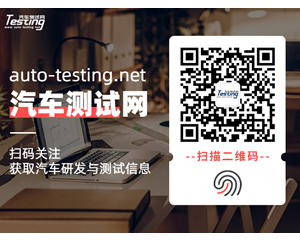 广告
广告 最新资讯
-
京东汽车与采埃孚售后深化战略合作,共筑商
2025-09-17 11:42
-
又一家主机厂成立
2025-09-17 08:17
-
R48对驾驶员辅助投影DAP的要求
2025-09-17 07:52
-
R48对紧急制动灯ESS的要求
2025-09-17 07:51
-
特斯拉如何实现FSD数据自动标注?
2025-09-17 07:50





 广告
广告